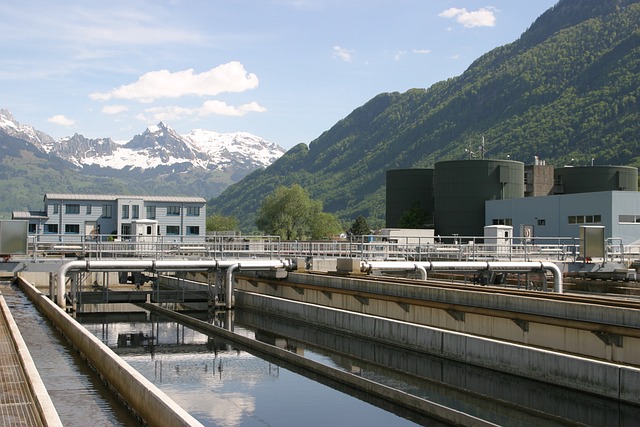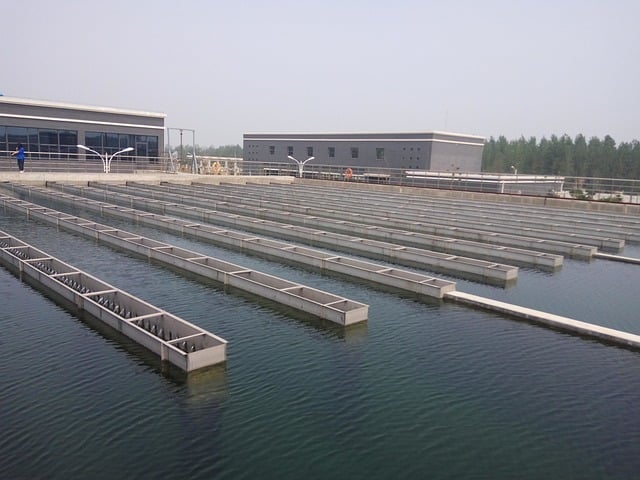
By pre-chlorinating water it is possible to disinfect and whiten it.
Water treatment requires several steps and stages. Prechlorination is a process that is carried out when the water enters the treatment plant, as it prepares the fluid so that the following phases are more effective.
Remove contaminants
With prechlorination, an agent is incorporated into the liquid that produces active forms of chlorine : a gaseous chemical element that liquefies easily and is used to disinfect and bleach or as a pesticide, for example. Thanks to prechlorination it is possible to eliminate manganese, iron, algae and bacteria , among other contaminants.
Prechlorination works by oxidation of organic and inorganic materials . It also affects biochemical processes of microorganisms, minimizes odor and contributes to coagulation and flocculation .
It is important to mention that prechlorination is carried out as soon as the water enters the treatment plant. This is a primary disinfection with an initial dose of chlorine that begins to “prepare” the water until it becomes drinkable. It is also possible that, later, another chlorination will be carried out so that recontamination does not occur and the water remains safe when it reaches homes.
Risks of prechlorination
However, there are scientific studies that warn about the risks of prechlorination. Among them is the formation of trihalomethanes , volatile compounds that are generated when the organic matter present in the water reacts upon contact with chlorine.
According to some research, ingesting trihalomethanes in large quantities and for a long time is potentially carcinogenic and can cause liver problems. That is why there are experts who recommend leaving aside prechlorination and, instead, resorting to treatment with ozone or activated carbon . In any case, the use of chlorine is still essential to make water drinkable.
The first studies on the generation of trihalomethanes took place in the 70s, in the United States, and from the beginning this phenomenon was related to the combination of chlorine and water. Two procedures they used at that time are mass spectrometry (the analysis of the frequency spectrum typical of a wave motion) and gas chromatography (a method of separating the components of a complex mixture for the identification and determination of their respective quantities).
According to the World Health Organization , however, it is not as dangerous to address the risks of consuming trihalomethanes as it is to stop disinfecting water using chlorine. To support this statement, they claim that the risk of contracting a disease through the consumption of this organic matter is especially high after several decades of uninterrupted exposure, as is the case with almost all products that cause cancer. Regarding statistics, they say that one in every hundred thousand individuals who drink water treated with prechlorination for at least seventy years may suffer from cancer.

Prechlorination produces more trihalomethanes, which increase the risk of cancer.
Precautions
To address this increase in the production of trihalomethanes when prechlorination is carried out in waters with high organic content, experts offer different strategies that, if applied appropriately, can reduce the risk:
* reduce discharges with a high content of natural organic matter in supply sources;
* use powdered activated carbon;
* filter the water using a membrane, with the aim of reducing natural organic matter;
* control the dose of disinfectant;
* modify the type of disinfectant used and its point of application;
* improve coagulation;
* use more than one strategy to treat water throughout the process;
* remove trihalomethanes that have already formed.
